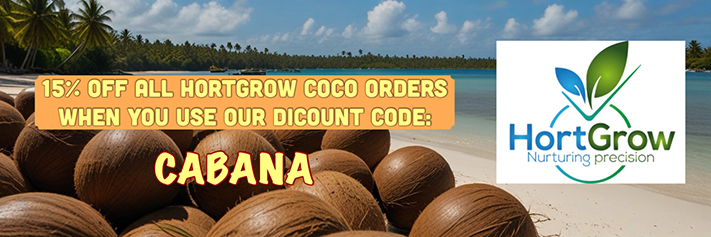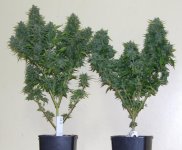@The Joker,
Every soil have to "live", even stone wool slaps are invested by good bacteria, fungi and yeasts.
On soil I use BioBasis
http://www.innogreen.nl/biobasis + extra micorrhiza mix.
Except when I use composted cocopeat, that is already filled with life.
I can only speak for Nederland and Belgium. We have RHP (Regeling Handels Potgronden = an very strict control system for potting substrates)
http://www.rhp.nl/en/consumer/
http://www.rhp.nl/en/professional/
A RHP substrate is fixt and stable. So don't ad extra lime, unless you know for sustain that your plant need that.
You can ad something as bentonite or clay, and compensate that dilution with some extra lime (max 2-3kg/M3)
If you give more you disturb the balance in your substrate.
A standard mix have pH 5,5-6, for Buxus 7.
In Nederland the tap water is often better than bottle water, so here in de-chlorinated water non-sense.
But this local, so see the Cl content on the site of your tap water suppler.
Also in a organic grow is the rule: "Zeker weten door zuiver meten"
= Be sure by measuring carefully.
Don't trust God, my grandfather say'd, he makes only jungles.

You say:
1 bale pro mix ( can be substituted with 7 cubic feet of coco)
2 bags fox farm ocean forest ( substituting roots organic this round)
1 large bag worm castings
2 cups bone meal
2 cups blood meal
1 cup kelp meal ( optional)
1 1/2 cups dolomite lime[/QUOTE]
The first two I don't know, bone meal gives P and Ca, + traces.
This gives a good root ball. But don't overdo. P gives also long internodes.
Blood meal gives N, Fe and traces. don't overdo, specially not with sativa's.
Kelp is very good, but sometimes it contains to much iodine (I) that is a big risk, so be careful.
Dolomite can have 5-15% MgO. You must know what you give, to know if you can get a problem later. In a bio grow I like Mearl and Lithotamnium better.
http://www.eurolab.nl/meststof-kalk-g.htm
Greetz, Omni
I have an honest question regarding organics. I've been doing a "living soil" approach for 2 years and was under the belief that I don't need to ph my dechlorinated water. That organics will naturally ph itself. It's a peat based mix with dolomite lime added.
I was recently told by a friend that I should always ph my water. However , he grows in a coco based organic mix.
I was going to switch the next round to the coco instead of peat , with the same formula. Any reason I would need to ph my water then?
This is my base mix... straight from Overgrow.
1 bale pro mix ( can be substituted with 7 cubic feet of coco)
2 bags fox farm ocean forest ( substituting roots organic this round)
1 large bag worm castings
2 cups bone meal
2 cups blood meal
1 cup kelp meal ( optional)
1 1/2 cups dolomite lime




















